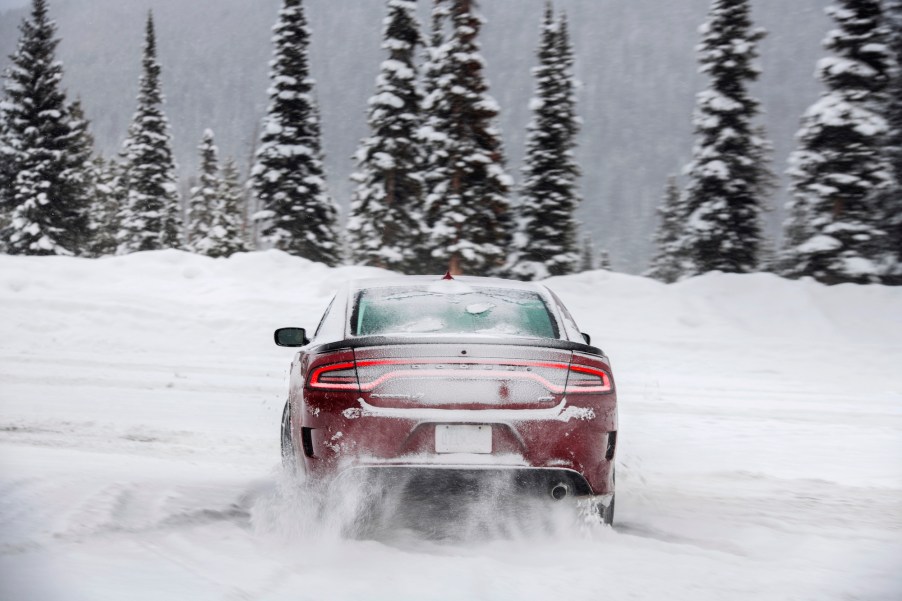
When Is it a Good Idea to Turn Off Traction Control?
If your car was produced after 2012, then it is most likely equipped with traction control. Traction control, along with the other safety systems on your car, is a vital feature that can help to keep your car from slipping and sliding in wet situations and even keep your car on the road and out of danger in other situations. But considering traction control can be turned off, when is it a good idea to do so?
How does traction control work?
In short, the traction control system in your car is operated by speed sensors that monitor and detect when any of the wheels slip, and when they do, the systems cuts power to that wheel via braking or a reduction of engine power to get the car moving forward again. Traction control can be great when you’re driving in slippery or wet conditions, but there are times when you need to turn it off.

Turning off traction control can help when your car is stuck
While traction control can help to keep your car moving in a straight line in rainy or snowy conditions, it can also prevent your car from moving forward if it gets stuck in the snow or sand. If your car happens to be stuck in the snow, then chances are that one of the wheels is spinning.
And while logic will tell you that leaving traction control on could help, since it reduces power to the wheel that keeps spinning, it might actually cut power completely, which won’t help the situation. In that case, it would be wise to turn the traction control system off so that you can use the “rocking” method – where you reverse the car a few inches, then forward a few inches — to eventually get the car out.

When driving up a long and slippery hill
Another situation where traction control can get in the way is when you’re driving up a long and steep snowy hill. Again, you might think that traction control can actually help in this situation, however, that might not be the case considering it could cause the wheels to slip and cut power to them altogether.
As you can imagine, the system cutting power to the wheels while you’re driving up a steep and slippery hill could potentially cause you to go nowhere fast. And in some cases, it can be dangerous. In this case, it would be wise to turn off the traction control and drive slowly up the hill, which will be made easier if your car is outfitted with a set of snow tires or some snow chains or cables.

Turn off traction control when you want to have fun
While we don’t condone reckless driving or any illegal behavior, we’re not immune to having a little fun now and then. As such, if you currently own a rear-wheel-drive car, then you can also turn traction control off to have some donut, or “snow-nut,” fun in an empty parking lot. Just remember, we didn’t tell you to do that and your results may vary. But have fun



